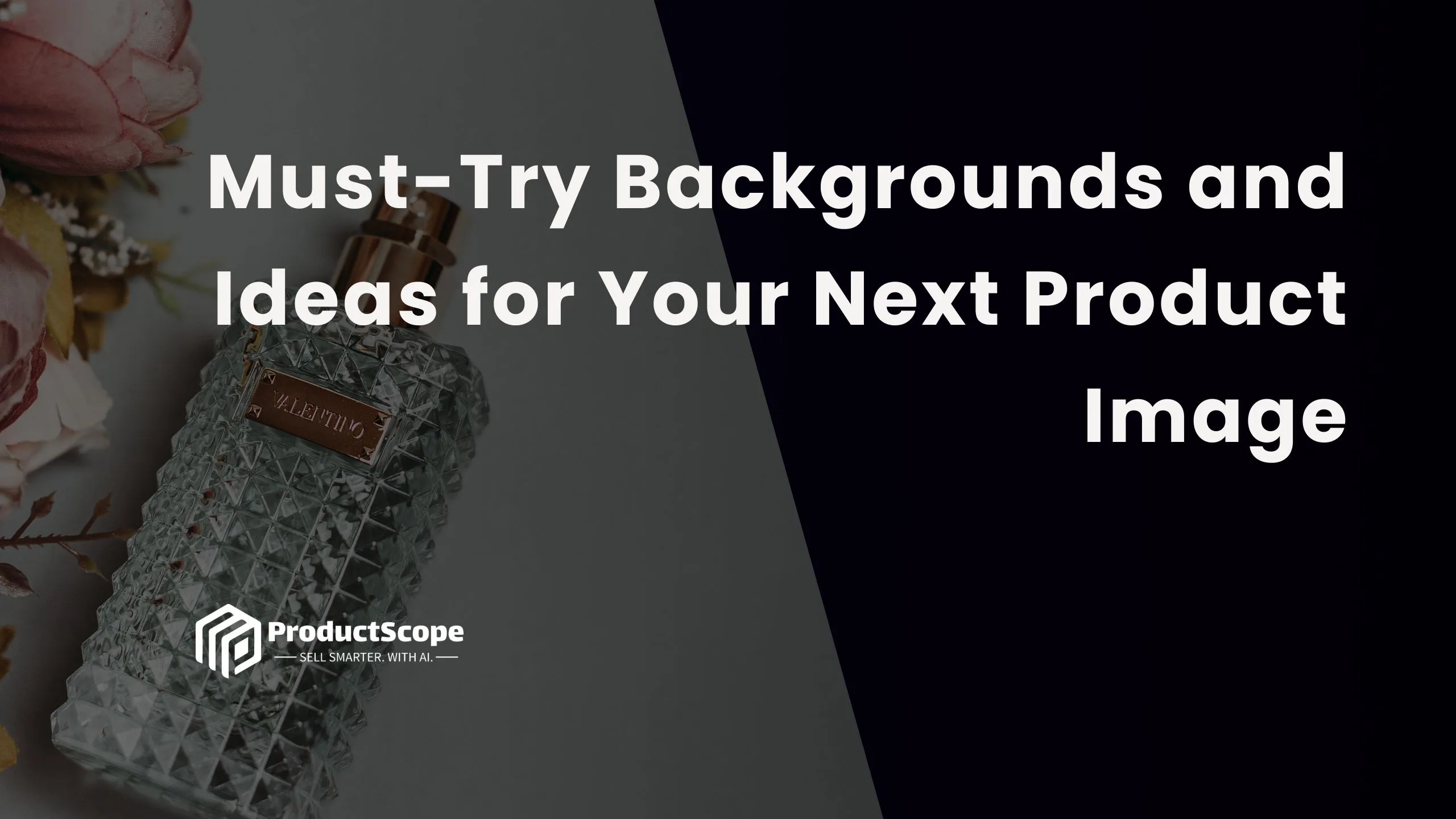A product image can make or break an online listing. With the rise of e-commerce, product photography has become crucial for conveying value and enticing customers. But often, products are photographed on boring white backgrounds that blend into the crowd. This article will demonstrate how creative background for product photography can transform product images from flat to eye-catching.
We’ll explore various aesthetic background options, from bold colors to natural textures. We’ll also cover practical considerations for DIY photography setups. By the end, you’ll grasp the power of backgrounds and have innovative ideas to implement in your next product shoot. The right backdrop or background for selling items can spotlight your product’s unique personality. So let’s begin this background makeover journey!

The Power of the Right Background
A background may seem minor, but it wields immense influence. It sets the stage for your product to shine and directly impacts customer perception. For example, a luxe fur throw sparks an entirely different reaction than a sterile white backdrop. The choice of background for product photography must align with your product’s personality and purpose.
Consider the video tripod company Joby. Their products feature lifestyle shots in natural settings—no sterile studio backdrops in sight. This builds an emotional connection that resonates with outdoorsy customers. Similarly, the e-commerce jewelry brand Mejuri uses solid pink or black backgrounds. The bold colors complement their feminine yet edgy jewelry designs.
Even color psychology plays a role. Blue and green backgrounds evoke calm and trust in financial apps. Whereas vibrant red speaks of excitement for a new sports car, Purposefully choose backgrounds that align with the product’s character and the impression you want to convey.
The backdrop also affects practical factors like clearly showcasing product details. Solid backgrounds without distracting patterns enable customers to scrutinize items closely. For clothing brands, this means plain backgrounds to evaluate fabric and fit. On the other hand, patterned or textured backdrops can imbue personality when product inspection isn’t critical. Ultimately, intentional background selection is paramount for strategic visual storytelling.
Exploring Various Background Options
1. Plain White Backgrounds
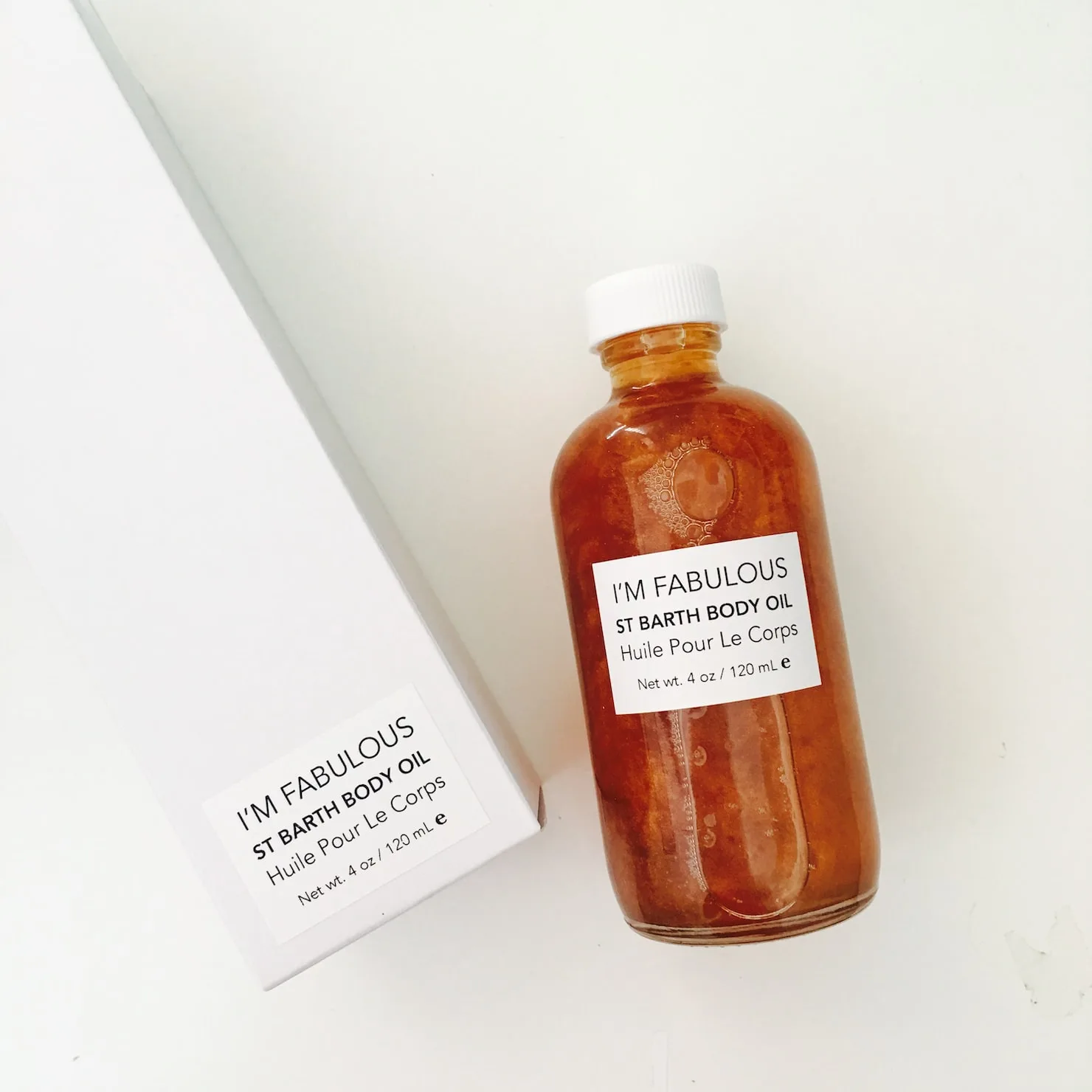
The plain white backdrop remains the safe standard for a reason—it generically highlights products without distraction. Crisp white backgrounds clearly spotlight details, lending well to product inspection for apparel or electronics. This versatility across categories makes it a photography studio staple.
White also provides flexibility for graphic design applications like insertions into magazine layouts or websites. It becomes a blank canvas for overlaying branding elements without clashing colors. For these practical reasons, white backdrops continue as e-commerce favorites, though some brands artistically balance white with bolder companion images for contrast.
2. Off-White or Gray Backgrounds
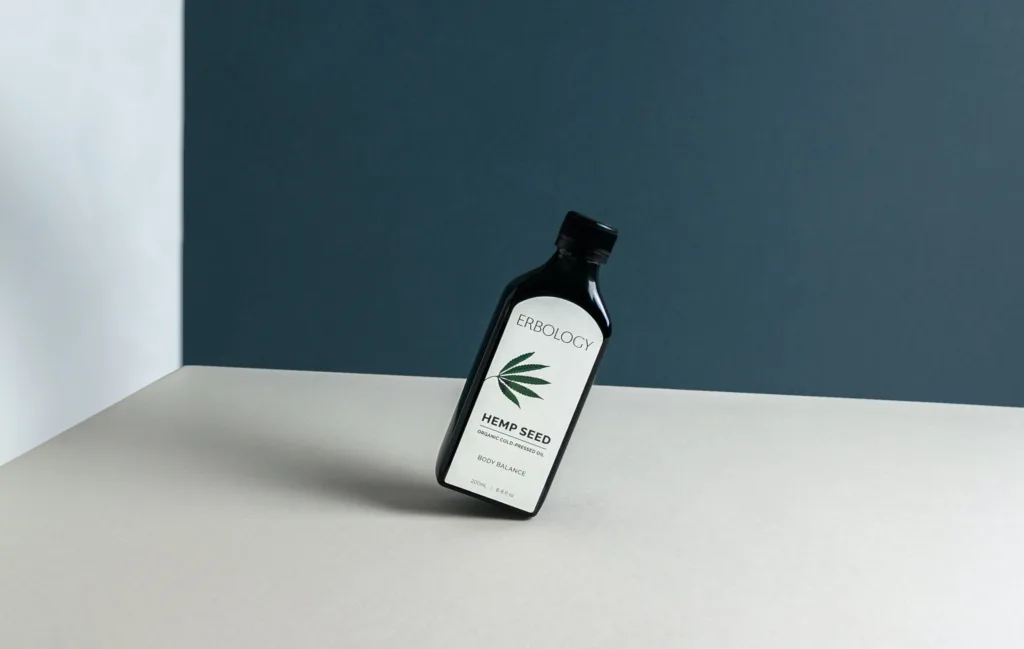
For a subtle yet distinctive twist on white, shift to off-white or light gray hues. These softer backdrops minimize the glare and harsh shadows that pure white can cast on products. The neutrality likewise prevents clashing with the product’s color scheme.
Using a subtle grayish tone lends sophistication to premium fashion lines or high-end electronics by avoiding sterile white. And the neutrality mingles seamlessly with a wide range of products compared to vivid backdrops. For brands desiring a touch of distinction without drastic change, off-white and gray offer flexibility.
3. Black Backgrounds for Luxury Appeal
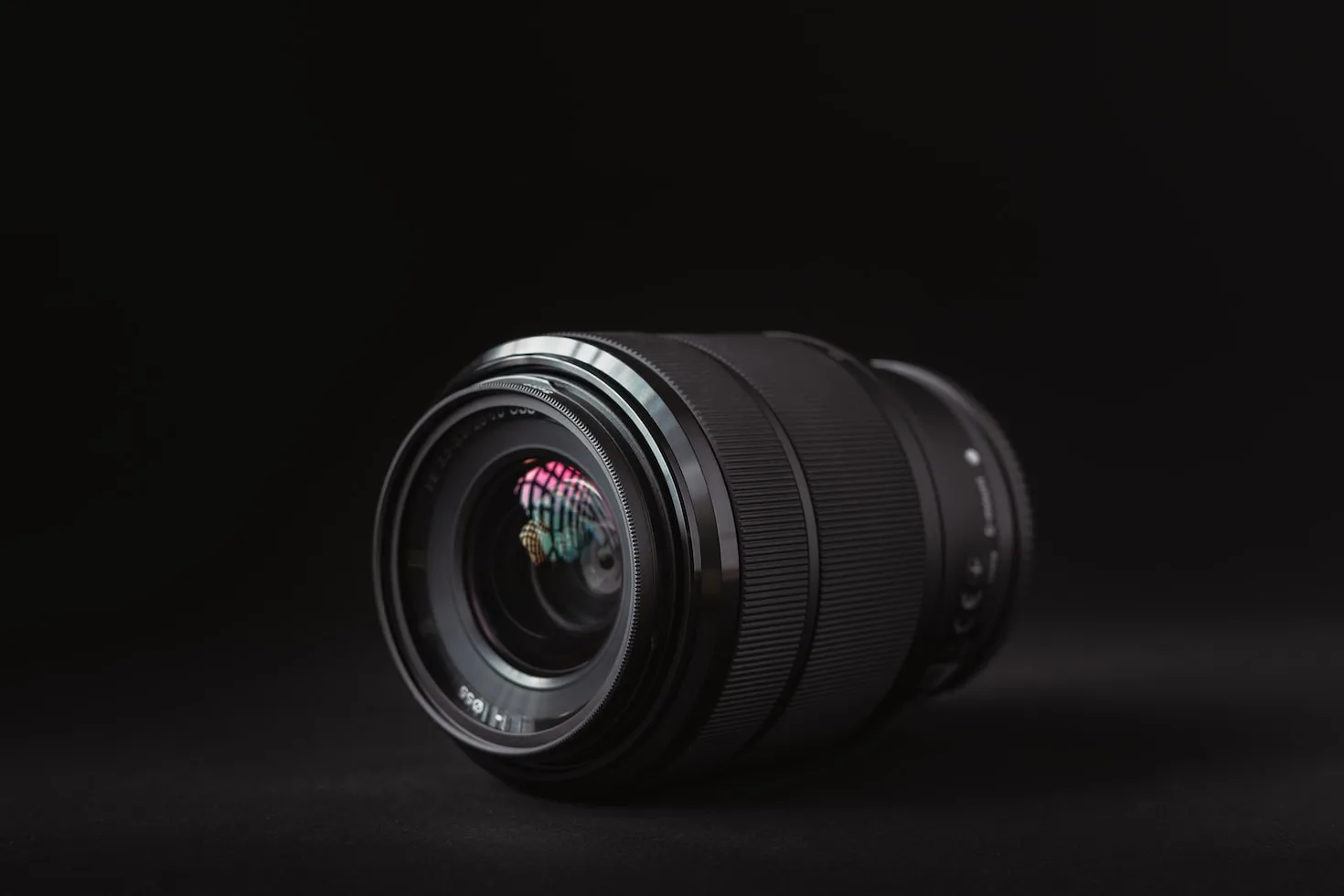
On the other end of that spectrum, black backgrounds exude polished elegance for elevated brands. The rich color emits exclusivity and luxury, especially when photographing high-end products like jewelry, vehicles, or designer apparel. Black intimates prestige.
Aesthetically, black foregrounds products against an endless void, focusing utmost attention on the main subject. It creates depth and dimension for objects to stand out. Black backgrounds require strategic lighting to avoid shadows swallowing detail. But done right, it’s a dramatic choice suited to premium lifestyle brands or showcasing avant-garde product design.
4. Bright or Bold Solid Colors
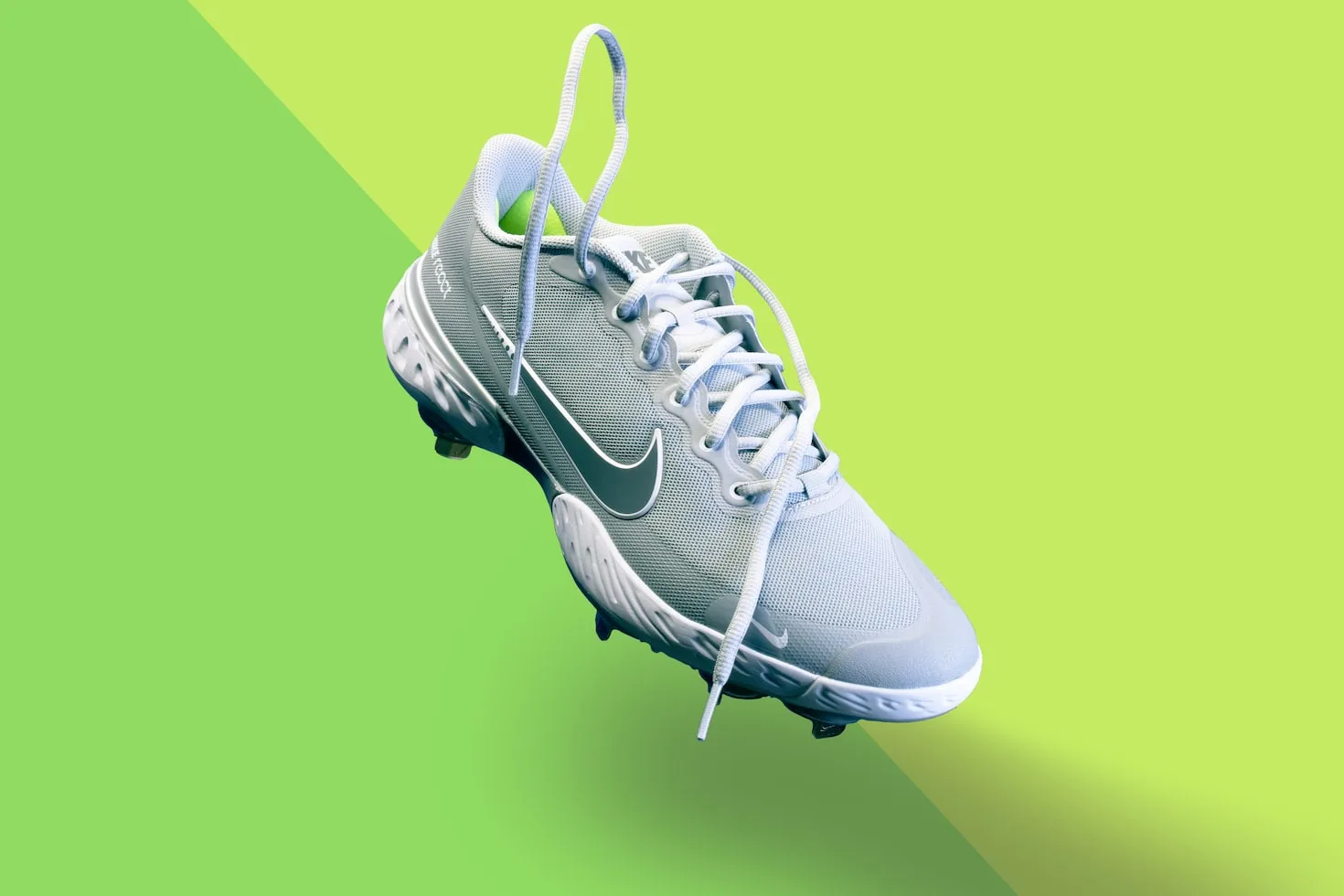
Vibrant solid backdrops supply impact when neutral palettes won’t cut it. Think succulents against luscious green, or lipsticks popping against red. Such harmonious combinations feel inherently cohesive. Color psychology taps into subconscious associations—red with urgency, green with organic or eco-friendly.
Well-matched colors also enable colors like blue or yellow to stand out when photographing a predominately white product. Compared to white, the contrast showcases finer details. You can further underscore branding through color coordination between the product and backdrop. Just ensure your focal point remains the hero. Vivid backdrops simply set the stage.
5. Patterns and Geometric Shapes
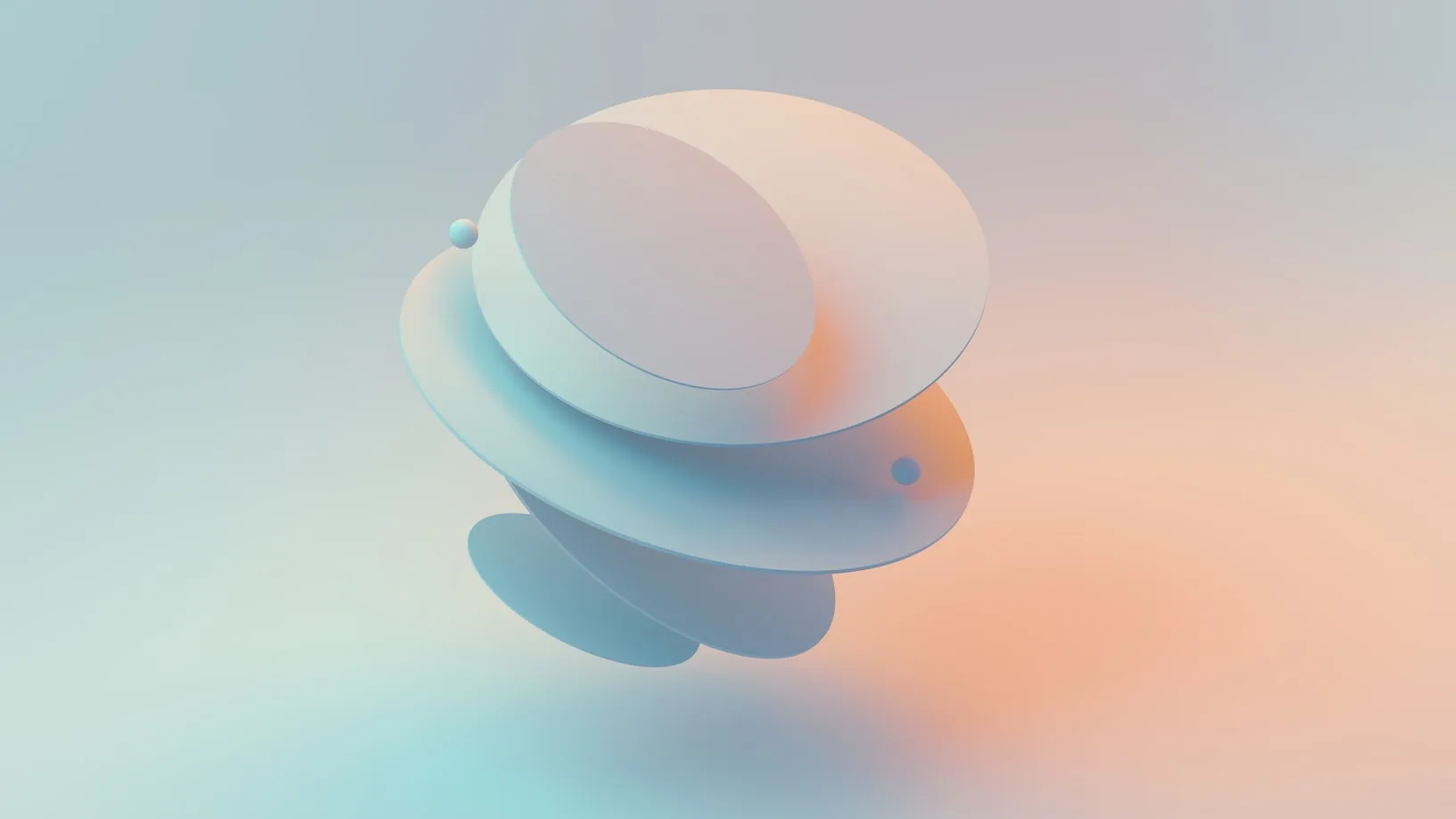
Patterned backgrounds instill extra personality without the edge of solid colors. Introduce whimsy with polka dots, lend vintage charm with gingham, or echo nature with botanical designs. Graphic geometric patterns feel bold and modern for showcasing sleek products or capturing dynamic market segments.
If employing patterns, scale matters. Subtle micro patterns recede to highlight products without distraction. But blown-up patterns or high-contrast graphics will overpower the main focus. Additionally, busy patterns compete for attention, so use judiciously for products not requiring fine detail inspection like inspecting fabric quality. For fun-loving brands, patterns thriftily infuse visual joy.
6. Natural Elements
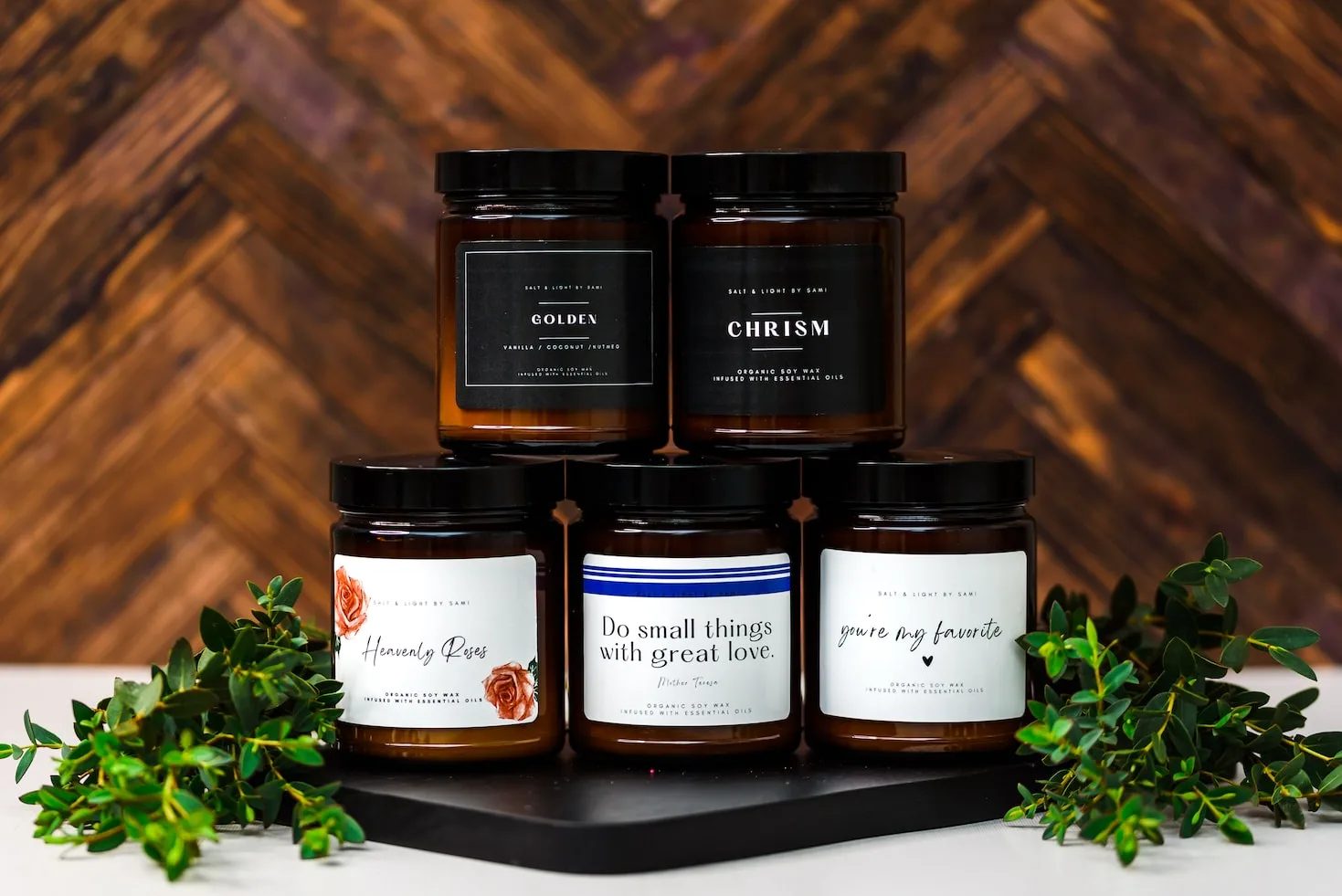
Natural elegance shines through photographing products in natural environments. Outdoor gear and apparel come alive in their native habitat—tramping through forests or cresting mountain ridges rather than fake studio rocks. Organic products like botanical skincare similarly resonate nestled amidst ferns or bundled dried lavender.
Even for products not expressly connected to nature, elements like weathered wood, sea glass, dried botanicals, or stone surfaces evoke earthy textures. Natural backgrounds speak to sustainable materials and ethical production for eco-conscious brands. Lifestyle product shots are embedded directly into relatable surroundings over generic backdrops. Ultimately, nature constructs authenticity.
7. On-Location Backgrounds
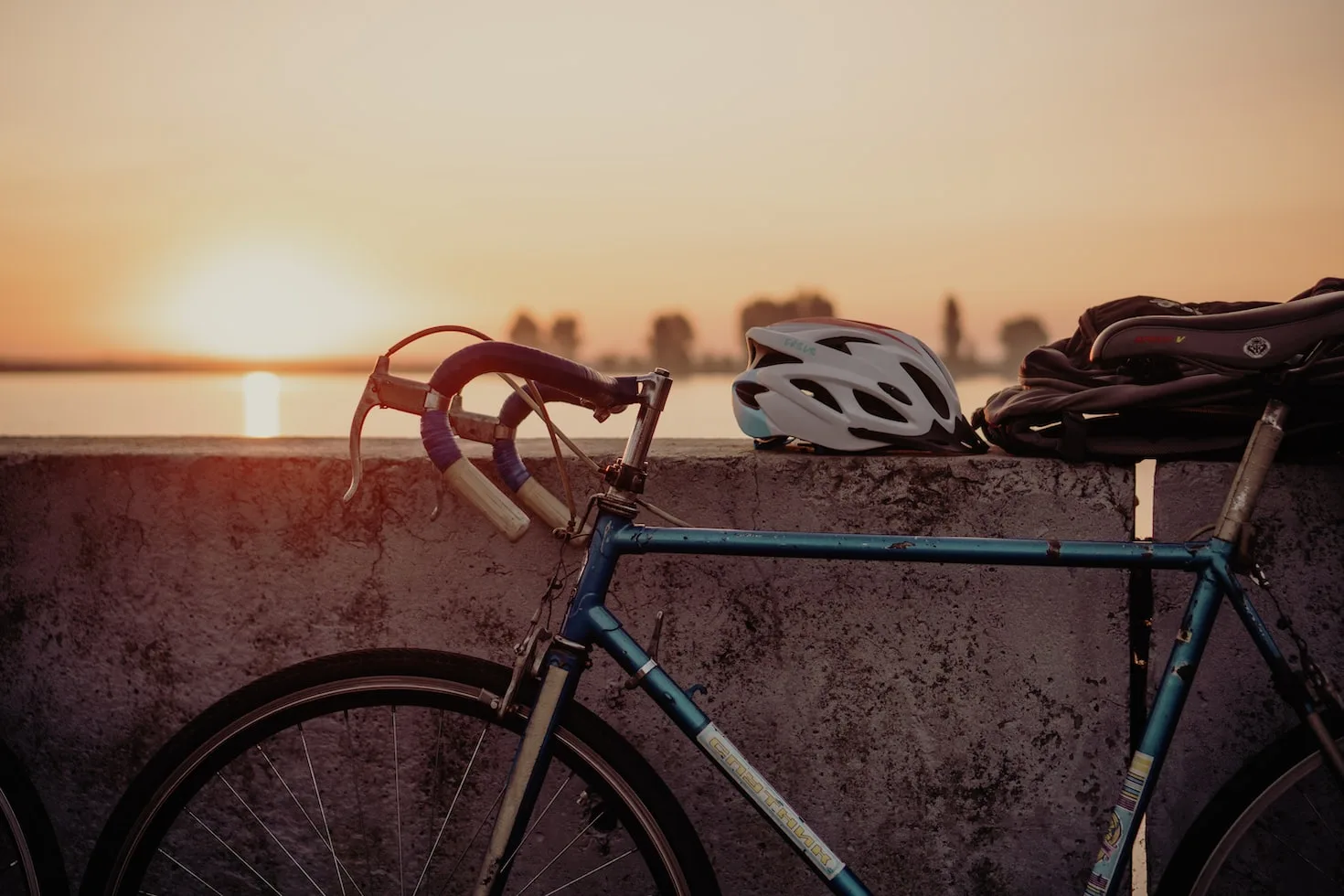
Beyond natural settings, location photography backdrops add narrative and lifestyle context compared to studio shots. A charming Parisian café authentically promotes French gourmet products. The rocky crash of ocean waves suits waterproof accessories. Unique architectural or cultural landmarks project far more intrigue than any fabricated studio backdrop equivalent.
On-location backgrounds also embed directly into model-based lifestyle shots. Modeling a weekend bag while actively strolling through a buzzing city scene versus a stand-alone gray Even image product-only shots richly benefit from contextually relevant locations—a mouthwatering close-up of coffee beans at a local roastery, showcasing olive oil amidst Italian vineyard rows. Local backstories sell the sizzle behind products.
Creative Ideas and Inspiration
Innovative Ideas for Background Setups
Ideally, backgrounds should tie intrinsically into branding themes and product attributes. But devise clever DIY solutions on a budget using easily accessible materials for uniqueness.
Repurpose everyday items for quirky effectiveness. Arrange colorful ribbon spools to inject bright fun. Book stacks spell literary edge. House plants echo natural themes. Display within wire mesh frames to underscore hardware tech products with an industrial edge.
Upcycle discarded things for sustainability and credibility. Vintage luggage, reclaimed wood, and cast-off bygone tech relics like classic film cameras or radios Scout garage sales, thrift stores, and antique shops for character-filled finds.
You can also establish brand themes through background consistency across product lines. Feminine floral prints, sporty athletic gear backdrops, and rugged natural textures Build cohesion across catalogs for unified storytelling.
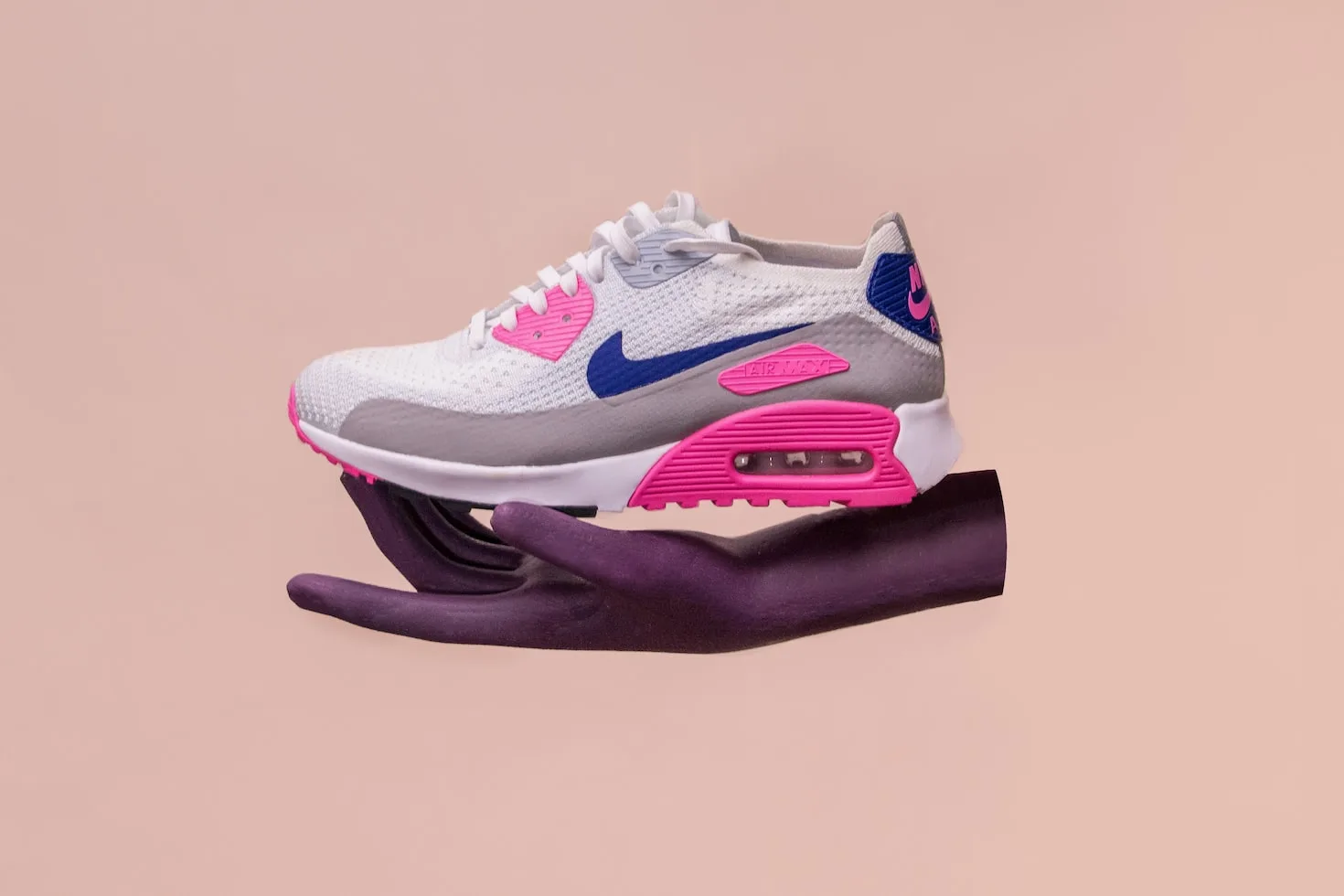
AI Solutions for Product Photography Backdrops
AI can be used to create virtual backdrops for product photography background. This allows photographers to easily change the background of the image product without the need for physical backdrops. AI algorithms can accurately detect the product and replace the background with a desired image or pattern.
AI can be used to automatically remove the background from product images. This eliminates the need for manual editing and saves time for photographers. AI algorithms can accurately detect the product and separate it from the background, resulting in clean and professional-looking images.
Conclusion
Backgrounds offer untold power for showcasing products uniquely while building your brand story visually. Whether boosting professional polish through sleek studio backdrops or quirky homemade installations, possibilities abound. Remember, backgrounds should always harmonize with products by setting an appropriate stage tailored to each item’s characteristics and ideal impressions.
Transform your Amazon product visuals with ProductScope’s AI-driven photography backdrops! Visualize your product in diverse environments – from a sunny breakfast spot to a snug corner for reading, or atop a majestic mountain. Our AI Photoshoot tool turns your ideal product scenes into vivid, high-resolution images, all at a cost significantly lower than traditional photoshoots. Let your imagination soar and see your ideas come to life with ProductScope!
Sign Up for ProductScope AI Today!
FAQs
What Are the Best Background Colors for Product Photography?
Neutral colors like white, gray, or black are often preferred for their ability to make products stand out. However, the best color can depend on the product’s color, purpose, and the emotions you want to evoke in your audience.
How Can I Create a Budget-Friendly Background for Product Photography?
DIY options like colored paper, fabric, or even natural elements like leaves or wood can be cost-effective. Using household items or repurposed materials can also add a unique touch to your product images without a high cost.
What Is the Importance of Background in Product Photography?
Backgrounds in product photography play a crucial role in highlighting the product, setting the mood, and contributing to the story your brand wants to tell. A well-chosen background can enhance the product’s appeal and support brand identity.
How Do I Choose the Right Background for My Product?
Consider your brand’s style, the product’s features, and the message you want to convey. The background should complement the product, not overshadow it. Experiment with different colors and textures to see what works best.
Can I Use Natural Elements as Backgrounds in Product Photography?
Yes, natural elements like sand, stone, leaves, or wood can provide a unique and organic look to your product images. They are especially suitable for products related to nature, organic goods, or outdoor equipment.
What Are Some Creative Background for Product Photography?
Creative ideas include using textured fabrics, patterned wallpapers, colored papers, or even digital backgrounds. You can also experiment with unconventional items like mirrors, glass, or metallic surfaces for a unique effect.
How Does Lighting Affect the Choice of Background in Product Photography?
Lighting can dramatically change how a background looks in photos. A light background might need softer lighting to avoid glare, while a dark background might require more light to bring out details. Always adjust your lighting to complement your background choice.
Is It Better to Use a Real or Digital Background for Product Photography?
The choice between real and digital backgrounds depends on your specific needs and resources. Real backgrounds offer authenticity and texture, while digital backgrounds provide versatility and control. Consider the desired outcome and practicality when choosing.
What Are Some Common Mistakes to Avoid with Product Photography Backgrounds?
Common mistakes include choosing a background that clashes with the product, using overly busy patterns that distract from the product, and failing to consider how the background color affects the product’s appearance.
How Can I Ensure Consistency in Backgrounds for a Product Line?
To ensure consistency, use the same type of background for all products in a line. This could mean using the same color, material, or style of background. Consistency helps in creating a cohesive look for your brand.

